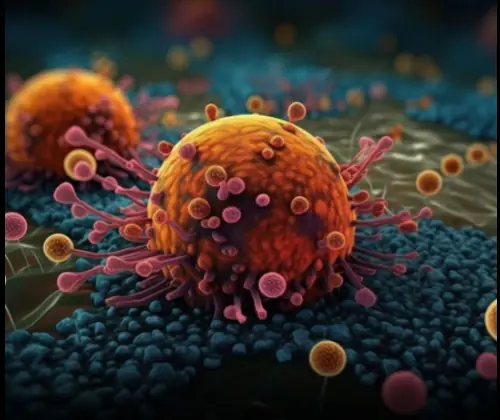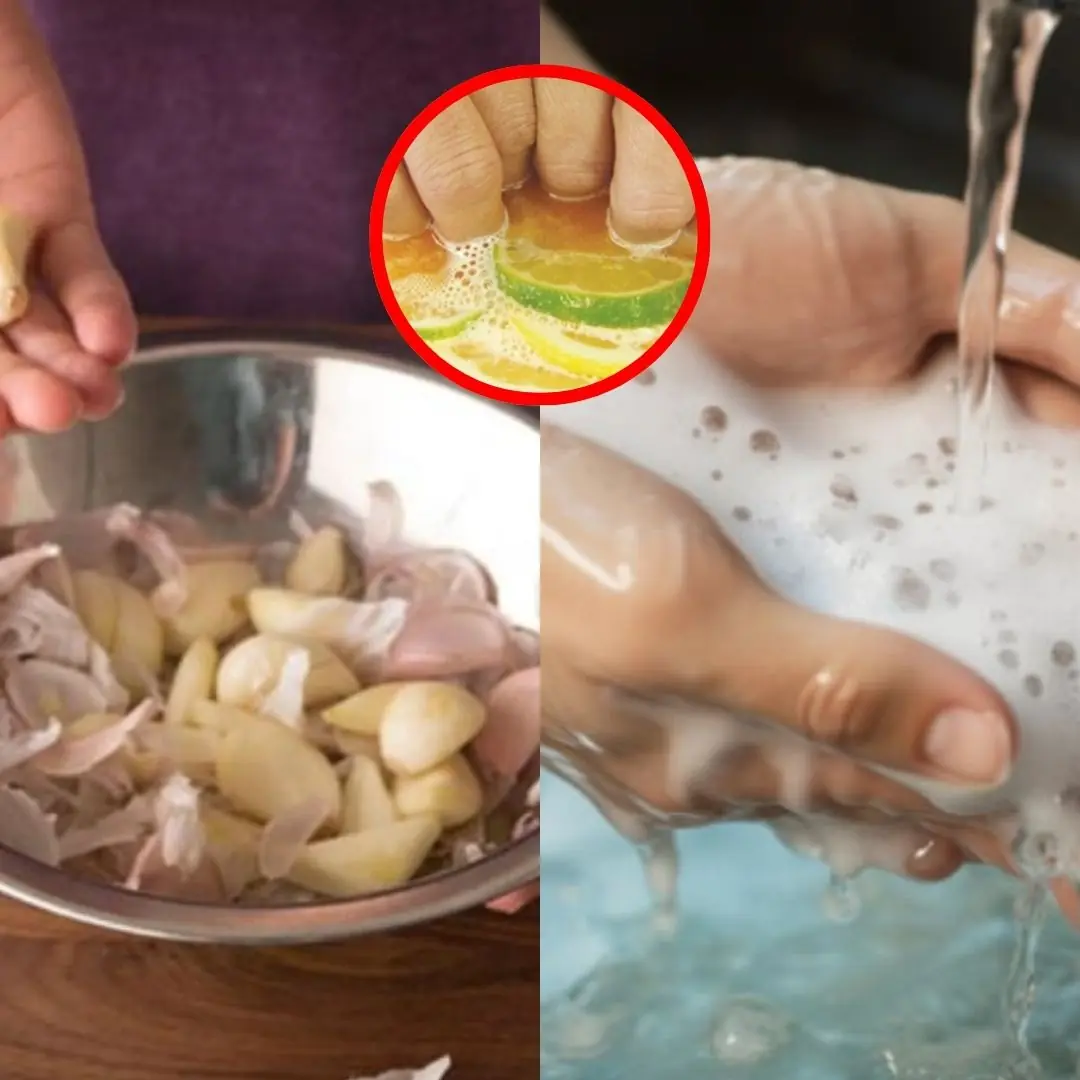
Tips to quickly remove yellow stains in the toilet

Yellow stains in the toilet bowl are a common household nuisance, often caused by mineral deposits, hard water, or prolonged use. While it’s tempting to reach for harsh chemicals, these can be costly, harmful to the environment, and sometimes ineffective. Fortunately, there’s a much simpler and natural solution to getting rid of those stubborn stains, and you probably already have the ingredients in your home.
In this article, we’ll walk you through an effective, eco-friendly, and inexpensive method for tackling those yellow stains in your toilet, leaving it sparkling clean by the next morning.
Why Does Your Toilet Have Yellow Stains?
Before diving into the cleaning solution, it’s important to understand why yellow stains appear in your toilet. These stains are often a result of hard water, which contains high levels of minerals like calcium and magnesium. Over time, these minerals accumulate on the porcelain, leaving behind those unsightly yellow marks. Additionally, urine residue and bacteria can exacerbate staining, making it harder to clean.
Now that we know what causes the stains, let’s look at how you can easily remove them.
The Solution: A Natural and Simple Trick
For a natural, cost-effective way to tackle yellow toilet stains, you need two key ingredients: baking soda and vinegar. These are both powerful cleaning agents, and when combined, they can break down stubborn stains and help disinfect the toilet bowl. Here’s how to use them:
Ingredients:
-
1 cup of baking soda
-
2 cups of white vinegar (or apple cider vinegar)
-
A toilet brush
-
Gloves (optional, but recommended)
Instructions:
1. Prep the Toilet:
-
Start by flushing the toilet to wet the sides of the bowl. This will help the cleaning solution adhere better to the stains.
-
If you have any visible debris, use the toilet brush to scrub lightly before starting the treatment.
2. Add the Vinegar:
-
Pour 2 cups of white vinegar directly into the toilet bowl, making sure to cover the yellow stains. Allow the vinegar to sit for about 10-15 minutes. The acidity of vinegar will begin to break down the mineral deposits and dissolve the stains.
3. Add the Baking Soda:
-
After the vinegar has had time to sit, add 1 cup of baking soda into the bowl. You’ll likely see some fizzing action, which means the ingredients are working together to lift and loosen the stains.
4. Scrub the Toilet:
-
Using a toilet brush, scrub the sides of the bowl, focusing on the areas with yellow stains. Make sure to get into all the nooks and crannies, especially where the water line is, as that’s where most stains tend to accumulate.
5. Let It Sit Overnight:
-
Once you’ve scrubbed the toilet, leave the solution to sit overnight. The longer the mixture sits, the more time it has to break down the stains and disinfect the toilet.
6. Final Scrub and Flush:
-
In the morning, give the toilet bowl a final scrub with the brush. Flush the toilet to rinse everything away, and voilà! Your toilet should be free of those stubborn yellow stains, leaving it clean and fresh.
Why This Method Works
-
Baking Soda: Known for its ability to remove stains, baking soda acts as a mild abrasive that scrubs away mineral deposits and residue without damaging the porcelain. It also helps neutralize odors, leaving the toilet smelling fresh.
-
Vinegar: The acidity of vinegar helps dissolve hard water stains and mineral deposits. It also has natural antibacterial properties, making it an effective disinfectant for the toilet bowl.
Together, these ingredients are a powerful combination that cleans, deodorizes, and removes stains without harsh chemicals or expensive cleaners.
Additional Tips to Keep Your Toilet Clean Longer
While the baking soda and vinegar method is a great way to tackle yellow stains, maintaining a clean toilet requires regular care. Here are some tips to keep your toilet spotless for longer:
1. Clean Regularly: Aim to clean your toilet at least once a week to prevent mineral buildup and bacteria growth.
2. Use a Toilet Freshener: To maintain freshness and prevent future stains, consider using a toilet freshener or dropping a cleaning tablet into the tank to help keep the water clean.
3. Address Hard Water Issues: If you have hard water, consider installing a water softener. This will reduce the mineral content in the water, preventing stains and build-up in the long run.
4. Flush After Every Use: Encourage everyone in the household to flush after each use to prevent the buildup of bacteria or urine residue.
Conclusion
Yellow stains in the toilet can be a frustrating problem, but with this simple, natural cleaning solution, you can restore your toilet to its sparkling clean state without the need for harsh chemicals. Baking soda and vinegar are affordable, effective, and eco-friendly options that are available right in your kitchen. By following this easy method, you’ll not only eliminate those stubborn stains but also keep your toilet fresh and sanitized.
So, the next time your toilet bowl shows signs of yellowing, you know exactly what to do - no need for expensive cleaners or to.xic chemicals. With just a little time and some common household ingredients, you can have a toilet that’s as good as new!
News in the same category

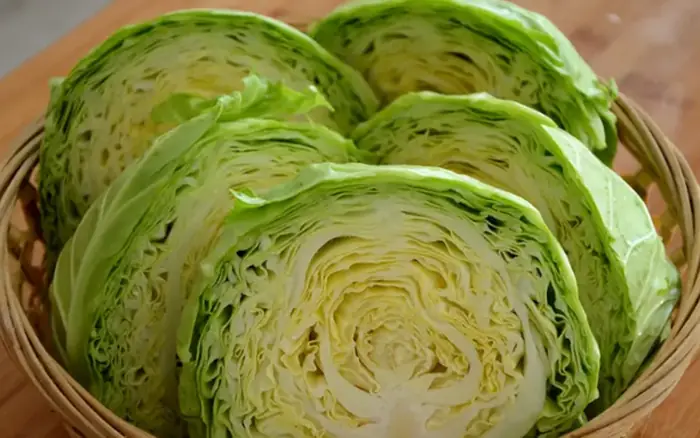
Tightly Wrapped or Loose Cabbage – Which Tastes Better?

Waking Up Between 3 And 5 AM Could Indicate a Spiritual Awakening
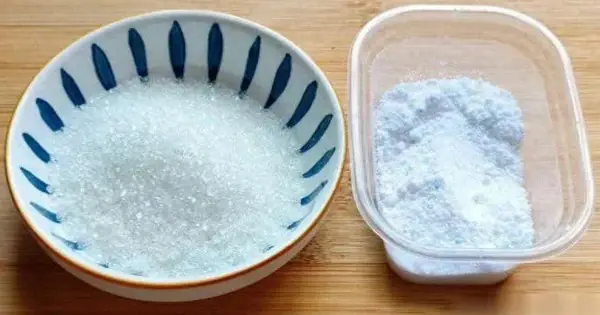
Mix White Sugar with Laundry Detergent Around the House
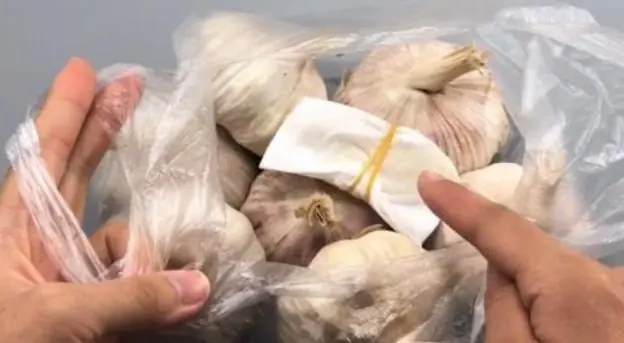
Today I discovered 3 super easy garlic storage hacks

Tips for using air conditioning without worry
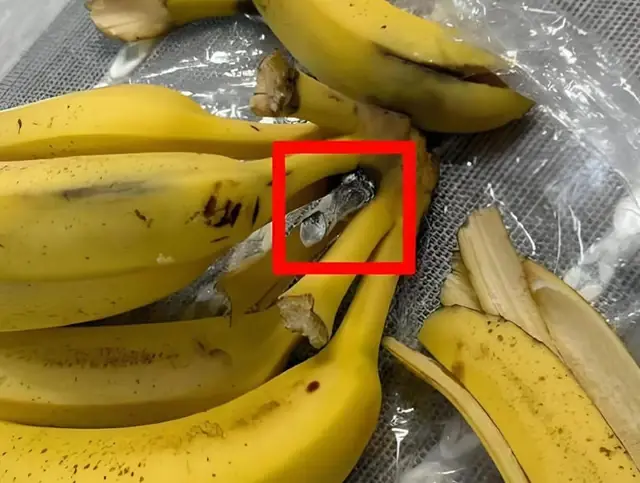
When buying bananas, if you see these 4 types, walk away immediately without hesitation!
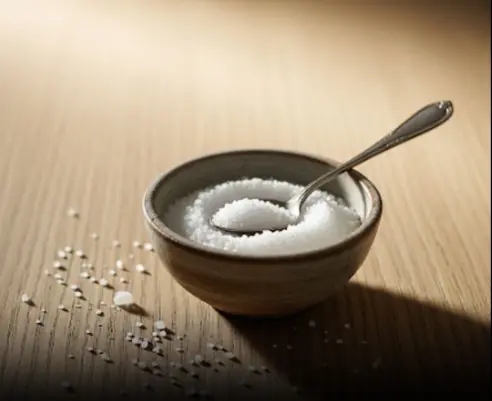
This One Superfood Could Tackle Major Health Issues—Here’s What You Need To Know

Why do women cross their legs when sitting?
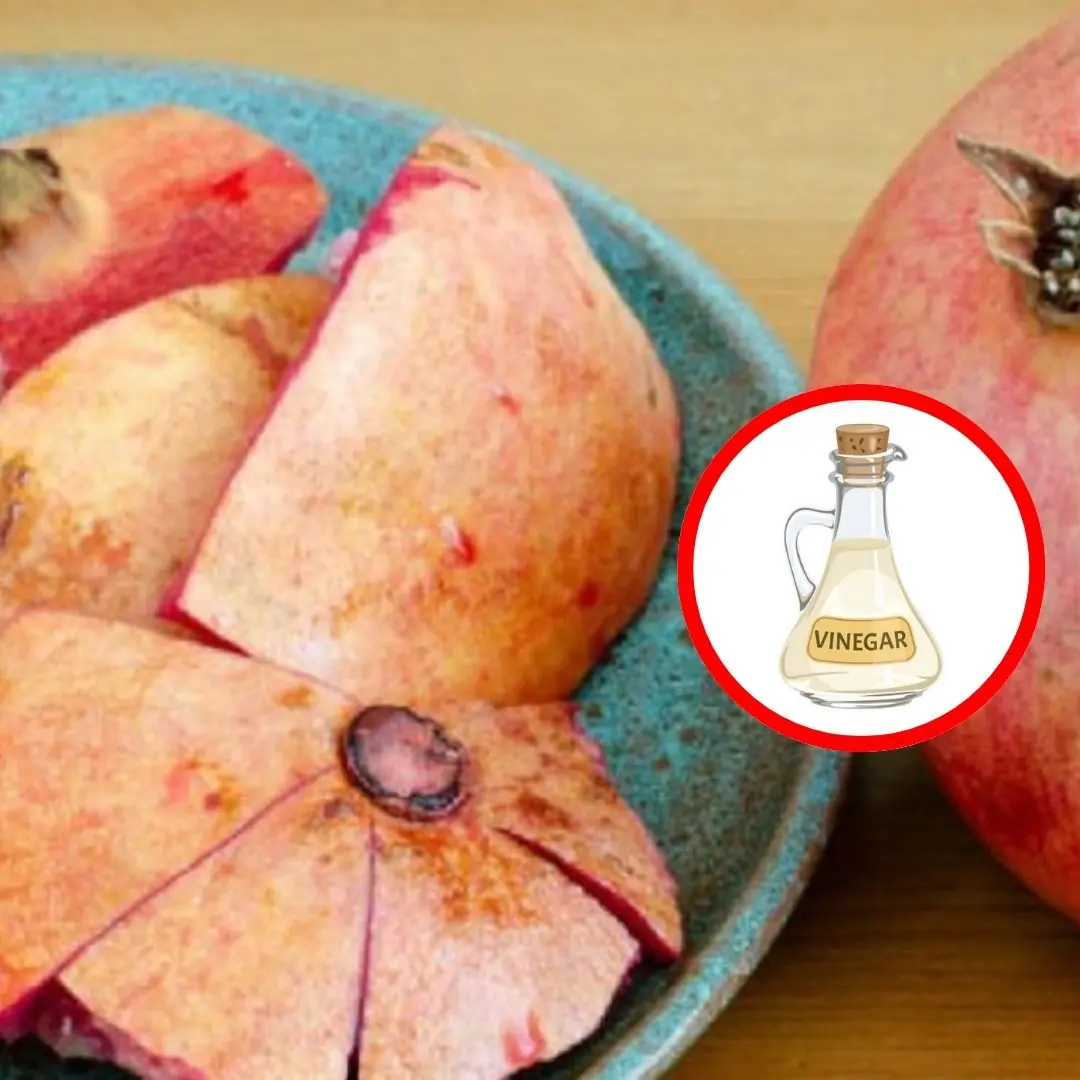
Soak Pomegranate Peel in White Vinegar – A Simple Trick That Solves Countless Household Problems
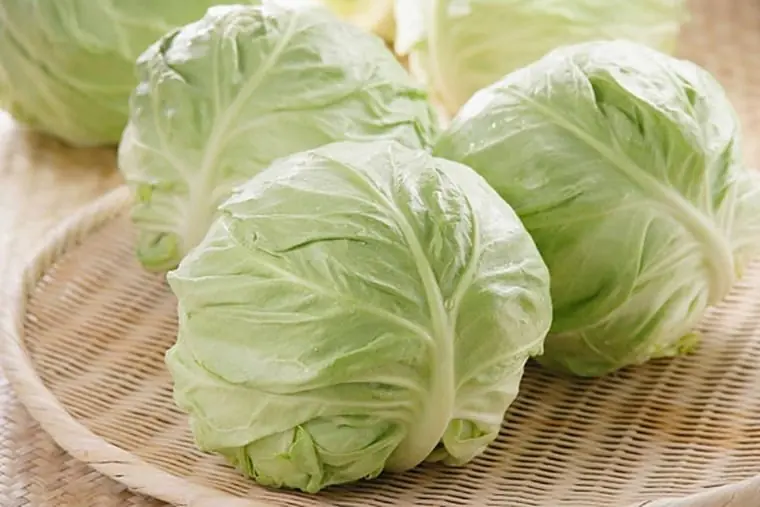
Cabbage Is Nutritious but Harmful for These 5 Groups of People
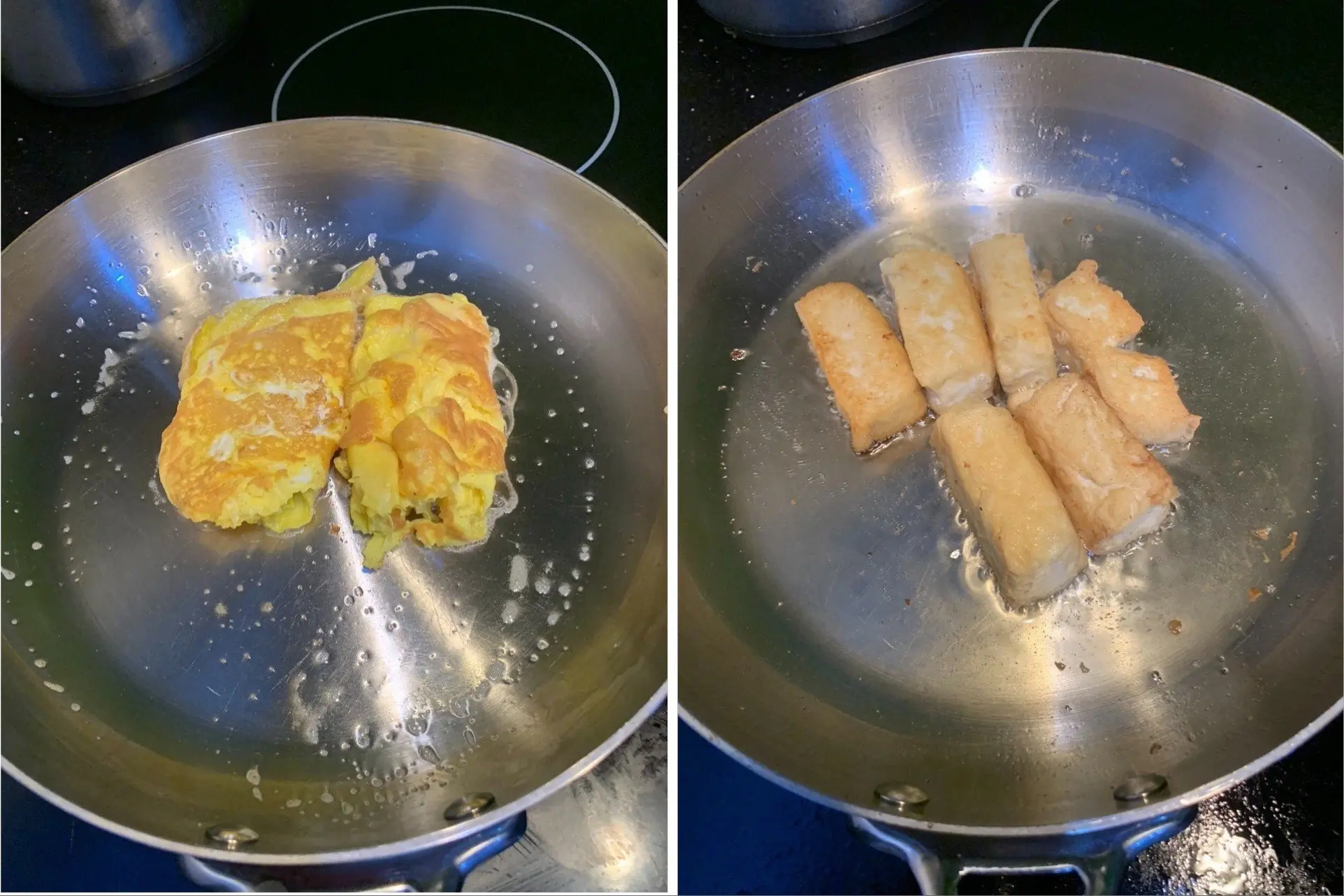
Frying Anything Without Sticking: Just Add This Liquid to the Pan

Eliminate Refrigerator Odors with Just Two Common, Cheap Items
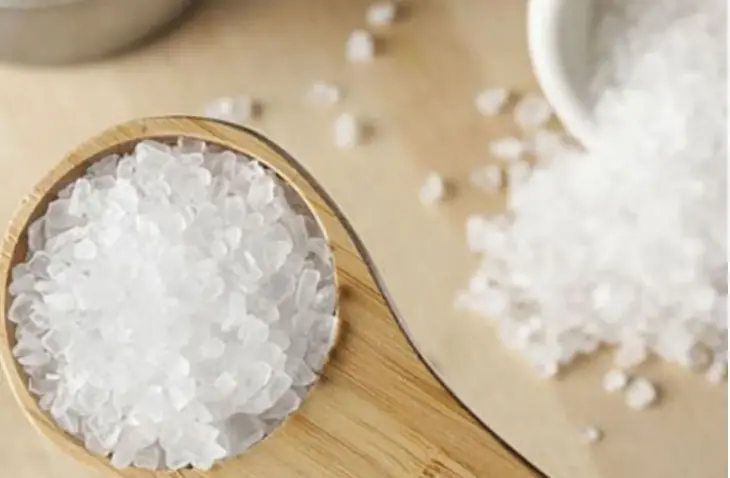
This One Superfood Could Tackle Major Health Issues—Here’s What You Need To Know
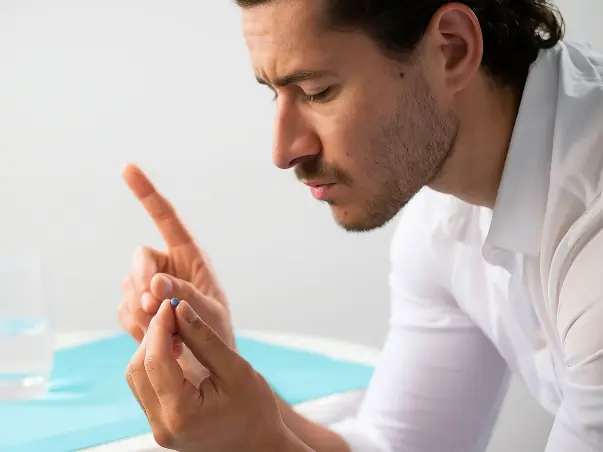
Male contraceptive pill appears to be safe without side effects in early trials

The Volume Buttons on Your iPhone Have Countless Hidden Features

4 Things You Should Never Say At A Funeral — No Matter What

Mass Panic as ‘New Baba Vanga’ Predicts Majo Disasters Striking in Just One Month

8 Early Warning Signs Of Ovarian Cancer You Shouldn’t Ignore

5 foods you should never keep overnight
News Post
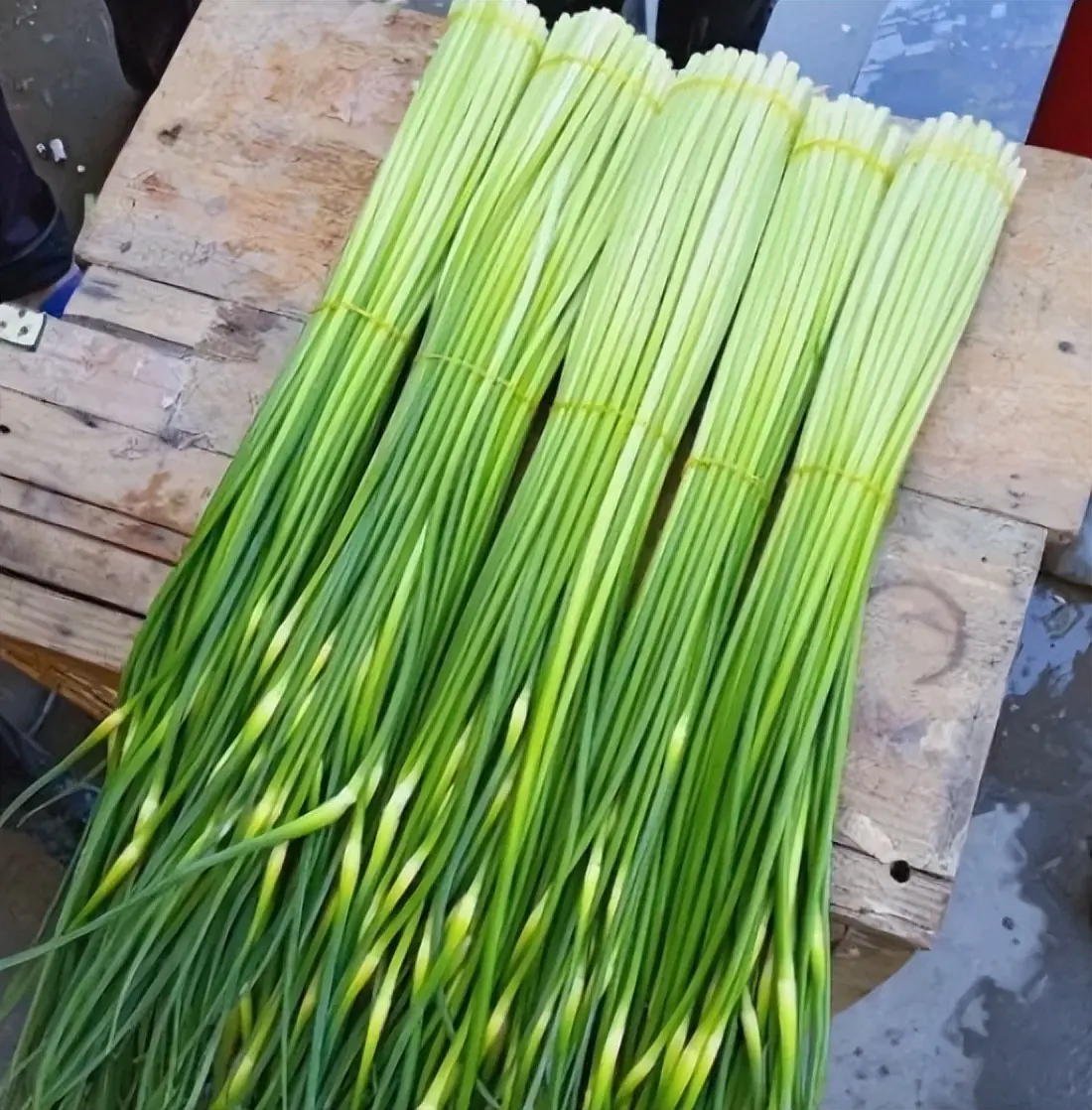
4 Vegetables Easily “Treated” with Chemicals
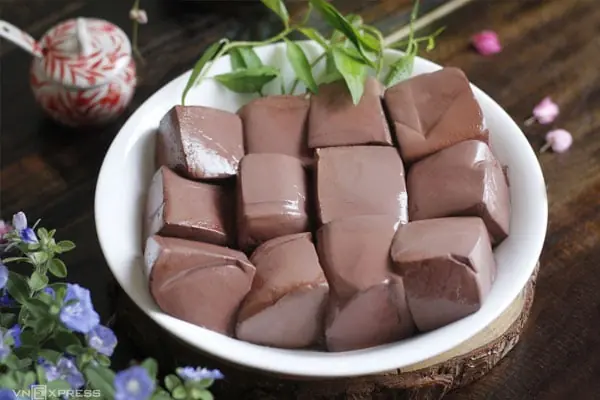
The Part of the Pig Often Dismissed as “Dirty” and Thrown Away: Turns Out It’s a “Miracle Food” with 10 Times More Iron Than Meat

An 8-Year-Old Girl Complained of “Sto.mach Pain” Every Friday Afternoon

Eating Eggs Can Be Harmful for These 5 Groups of People: Better Stay Away!
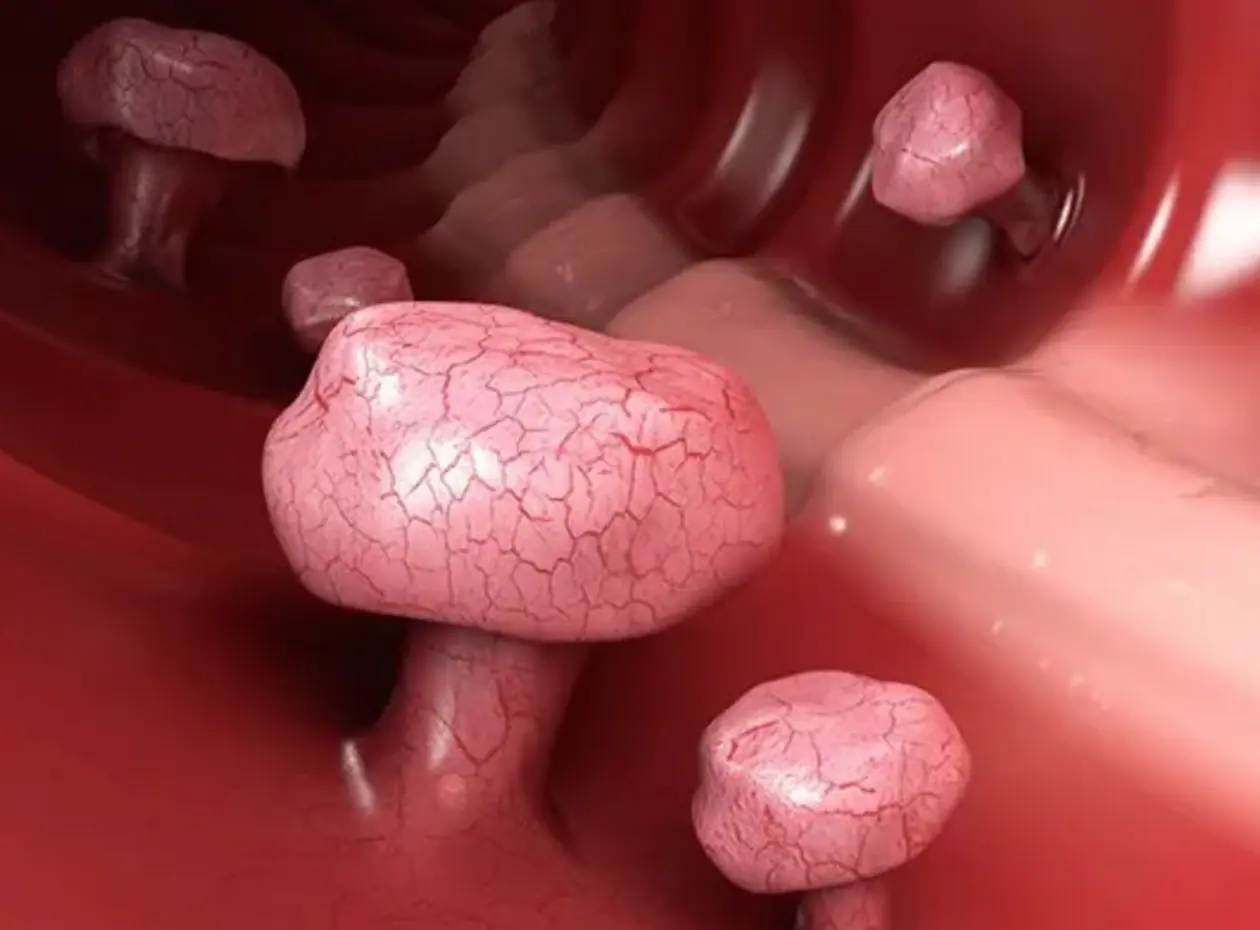
Early detection colon polyps: The key to effective can.cer prevention

Think it’s harmless? The risks of wearing bras to sleep might surprise you
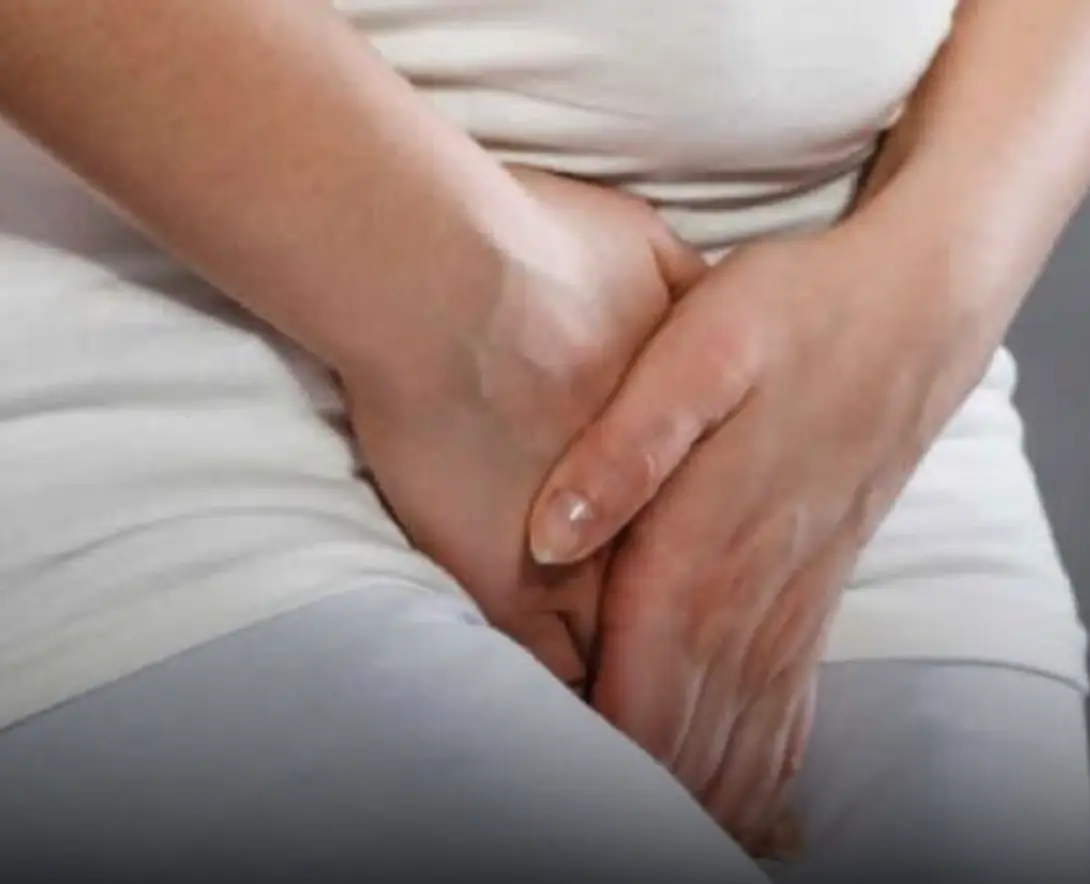
What dise:ase is gr.oin pa.in a symptom of?
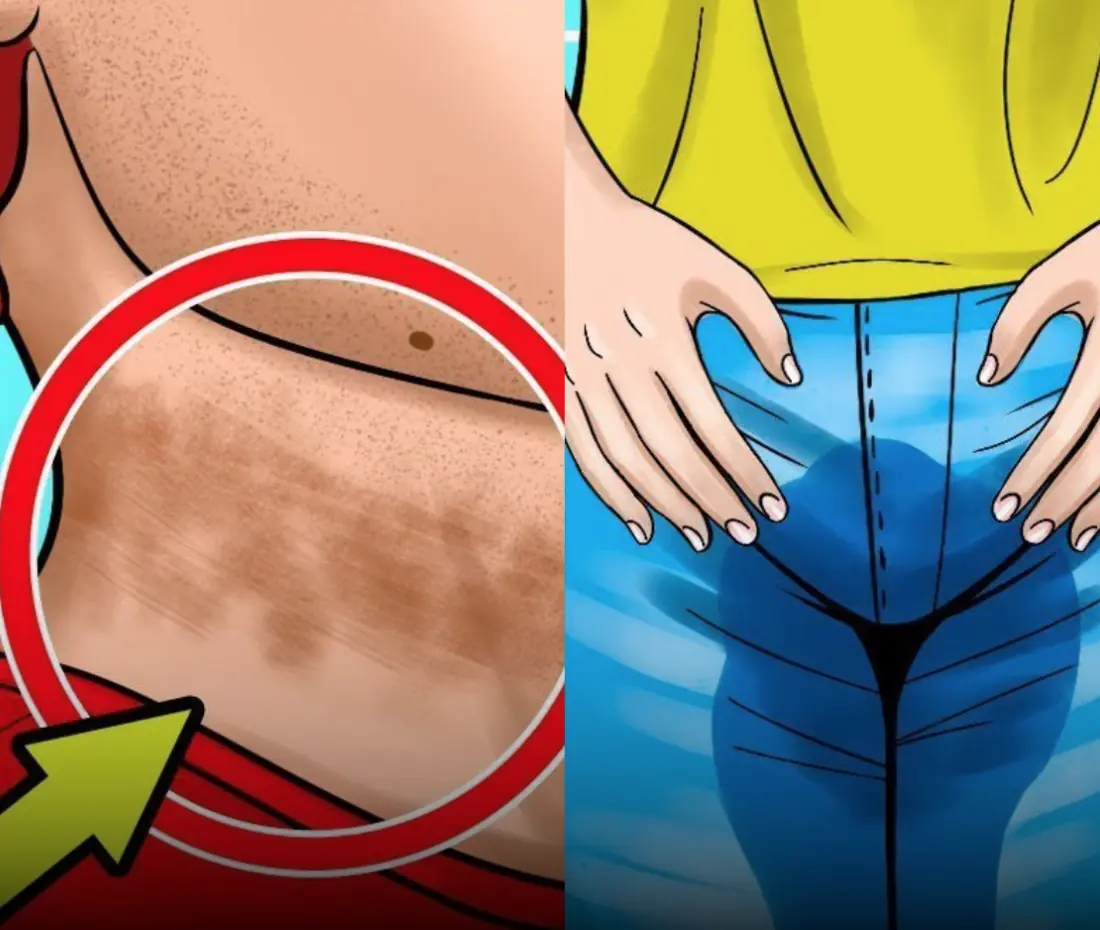
These 10 symptoms indicate latent diabetes

What sleeping on the left side does for our brain, stomach and lymphatic health
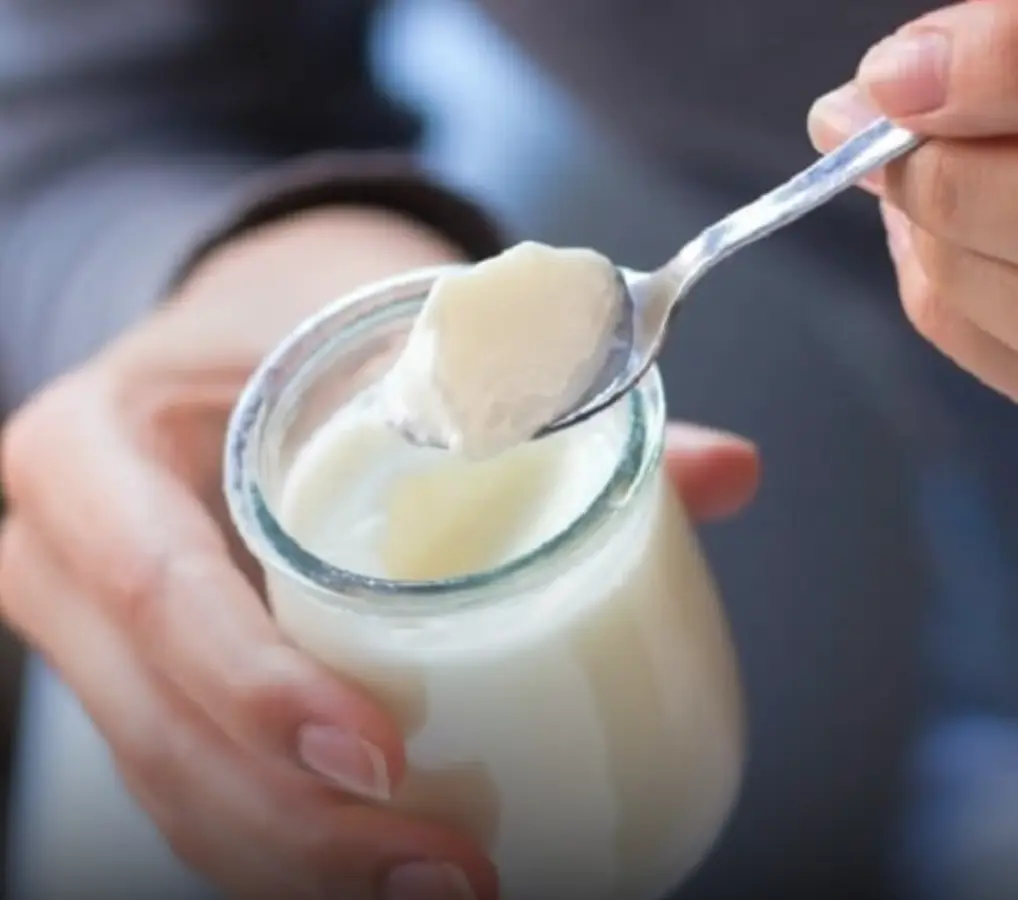
Eating yogurt with these 5 mistakes can bring more dis.eases into your body
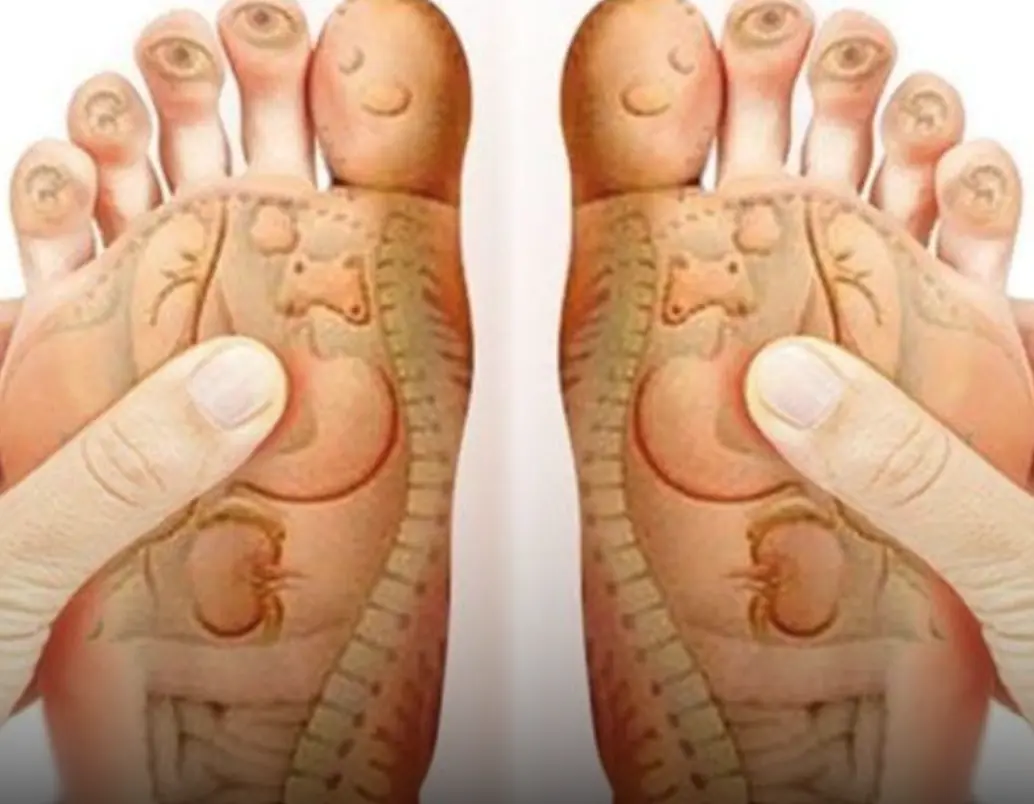
8 foot massage points that help relieve issues
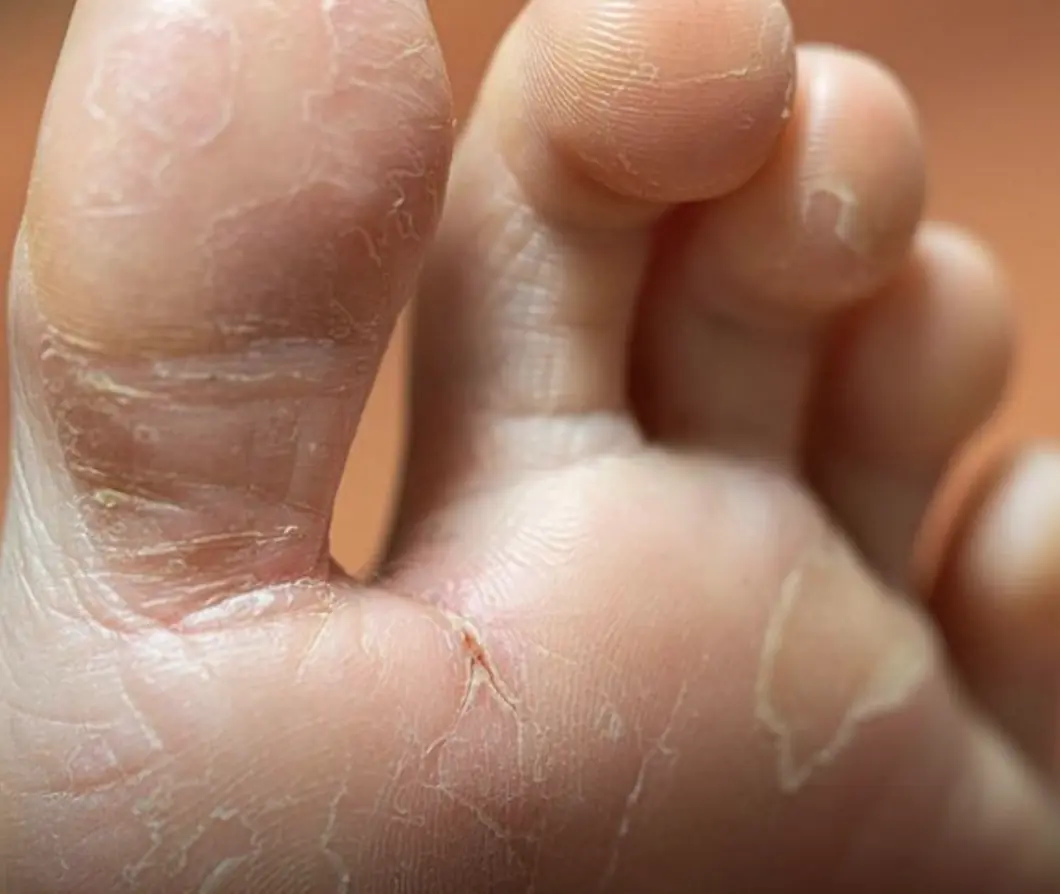
7 subtle symptoms that could signal serious health problems

Struggling with garlic or onion smell on your hands? Try this simple trick—1 minute and it’s gone!

Tightly Wrapped or Loose Cabbage – Which Tastes Better?
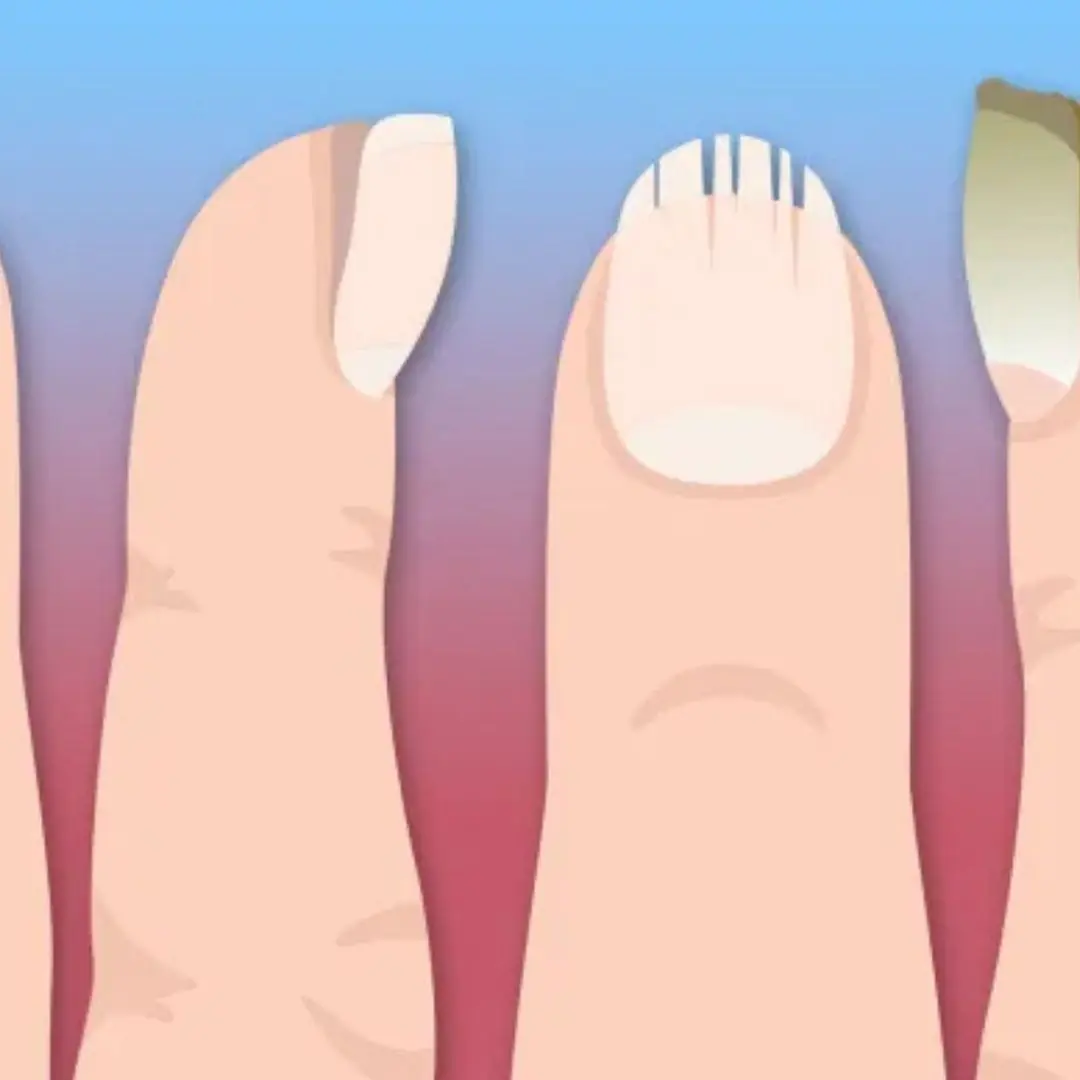
The 5 ‘silent’ can:cer signs you might miss on your nails

Warning about the habit of "welcoming" can:cer into the body, many people know but still do it

4 Types of Plants That Snakes Are Crazy About
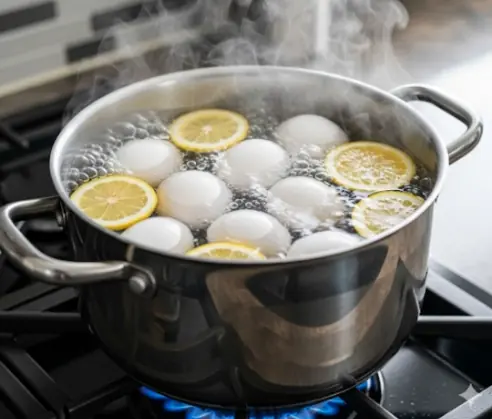
Boiling Eggs with Just Water is Not Enough
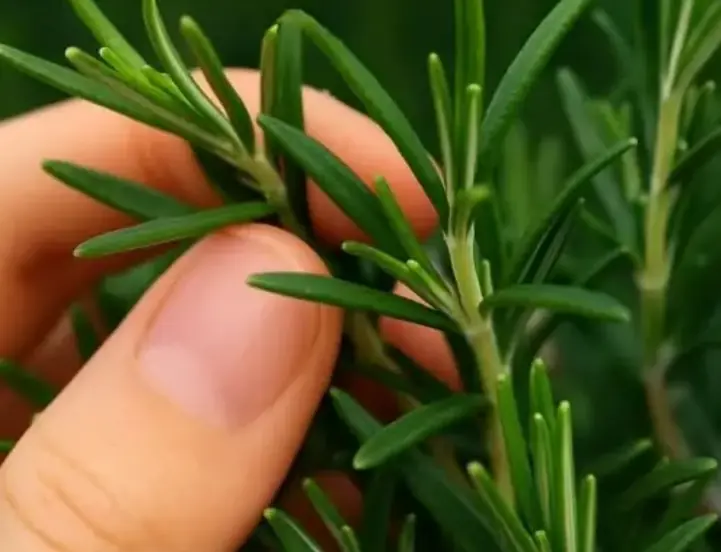
Discover the Power of Rosemary: Nature’s Potent Pain Reliever & Healing Herb
